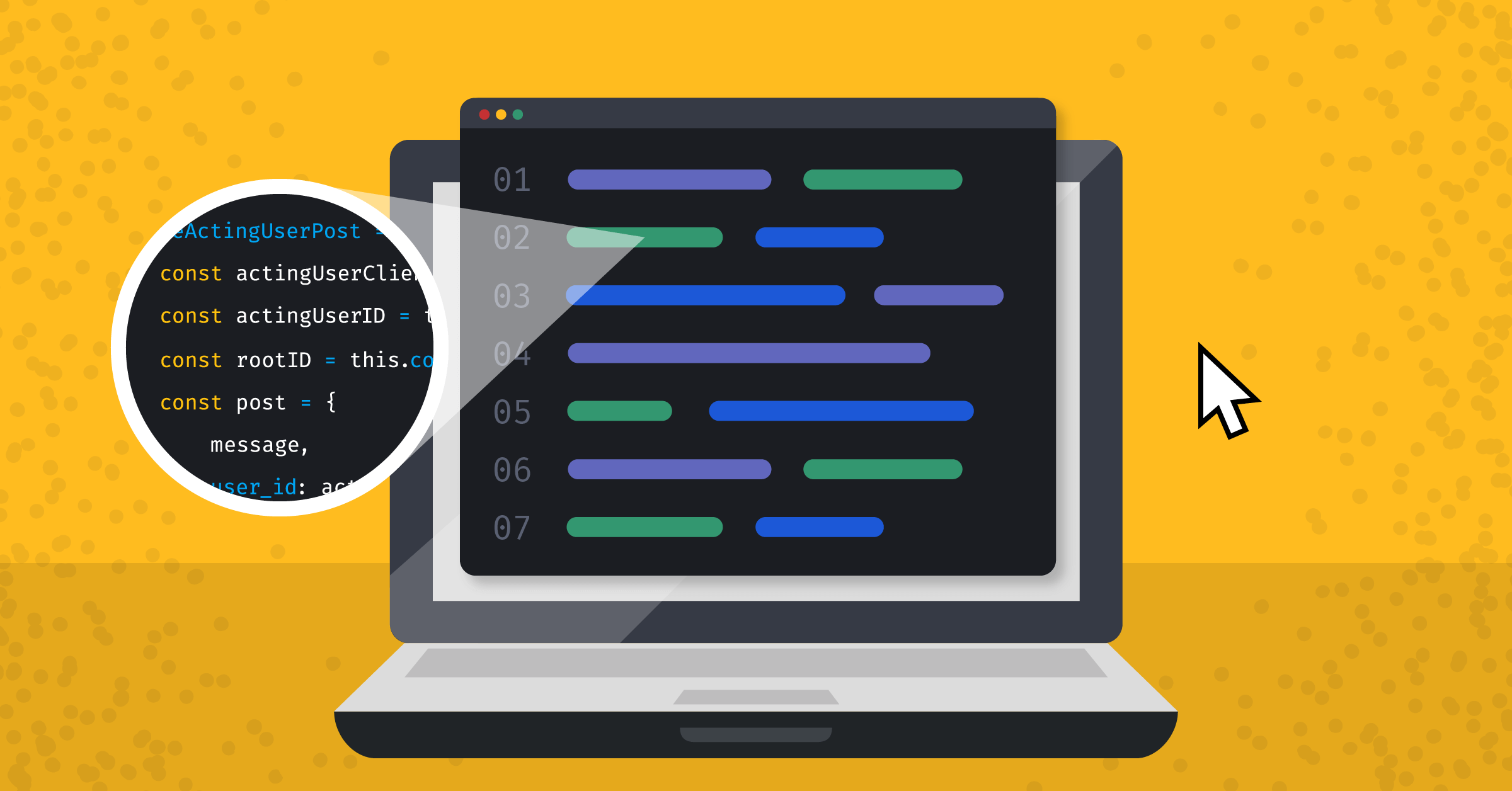Mobile app security testing is a critical aspect of ensuring the robustness and resilience of mobile applications against security threats. With the increasing reliance on mobile apps for various purposes, it is essential to implement thorough security testing techniques to identify vulnerabilities and mitigate risks. This article provides an overview of essential security testing techniques for mobile apps, including static and dynamic analysis, penetration testing, vulnerability scanning, and secure code review. By following these best practices and incorporating security testing throughout the app’s lifecycle, developers can enhance the security posture of their mobile apps and protect user data effectively.
Static Analysis

Static analysis involves examining the source code or compiled binary of a mobile app without executing it. It helps identify potential security vulnerabilities and coding errors that could be exploited by attackers. Here are some key points to consider for static analysis:
- Source Code Review: Reviewing the source code of the mobile app allows developers to identify potential security flaws, such as inadequate input validation, insecure data storage, or insecure communication protocols. Manual code review and the use of automated tools can help uncover vulnerabilities and ensure compliance with secure coding practices.
- Code Analysis Tools: Utilize static analysis tools that can scan the source code or binary of the app to identify potential security weaknesses automatically. These tools can detect common vulnerabilities, such as insecure data storage, buffer overflows, or improper authentication and authorization mechanisms.
- Secure Coding Guidelines: Follow industry best practices and secure coding guidelines while developing the mobile app. Adhering to guidelines, such as the OWASP Mobile Top 10, can help prevent common security pitfalls and ensure the codebase is robust against potential attacks.
Dynamic Analysis

Dynamic analysis involves testing the mobile app while it is running to identify vulnerabilities that may not be apparent through static analysis. It simulates real-world usage scenarios and assesses the app’s behavior under different conditions. Consider the following points for dynamic analysis:
- Penetration Testing: Conduct penetration testing to evaluate the app’s security by simulating real-world attacks. Ethical hackers attempt to exploit vulnerabilities in the app to gain unauthorized access, escalate privileges, or extract sensitive information. Penetration testing helps identify vulnerabilities and provides actionable insights to improve the app’s security posture.
- Fuzz Testing: Fuzz testing, also known as fuzzing, involves providing unexpected or malformed input to the app to trigger unexpected behavior. By fuzzing the app’s input interfaces, developers can discover vulnerabilities, such as input validation flaws or buffer overflows, and ensure the app can handle unexpected inputs gracefully without compromising security.
- Runtime Analysis: Monitor the app’s behavior during runtime using tools that can capture network traffic, log system calls, and analyze memory usage. Runtime analysis helps identify security issues related to data leakage, insecure communication, or excessive permissions requested by the app.
Vulnerability Scanning

Vulnerability scanning focuses on identifying known security vulnerabilities in the mobile app and its dependencies. It involves using automated tools to scan the app’s code, libraries, and configurations for known vulnerabilities. Consider the following points for vulnerability scanning:
- Dependency Scanning: Scan the app’s dependencies, including third-party libraries and frameworks, for known vulnerabilities. Many vulnerabilities arise due to outdated or poorly maintained libraries. By regularly scanning and updating dependencies, developers can minimize the risk of exploitation.
- Mobile App Security Testing Tools: Leverage automated mobile app security testing tools that can scan the app for known vulnerabilities, such as insecure data storage, weak encryption, or improper use of permissions. These tools can also assess compliance with security standards and guidelines.
- Regular Patching: Stay updated with security patches and updates provided by the mobile operating system and third-party libraries. Regularly apply patches to address known vulnerabilities and protect the app from potential attacks.
Secure Code Review

Secure code review involves examining the mobile app’s codebase to identify security vulnerabilities and adherence to secure coding practices. It focuses on ensuring that the app has been developed securely from the ground up. Consider the following points for secure code review:
- Authentication and Authorization: Review the app’s code to ensure proper implementation of authentication and authorization mechanisms. Check for weaknesses such as weak passwords, improper session management, or insecure token handling.
- Data Storage and Encryption: Evaluate how the app handles sensitive data, including how it is stored and encrypted. Ensure that sensitive data is adequately protected, such as using strong encryption algorithms and secure storage mechanisms like the Keychain on iOS or Android Keystore.
- Input Validation: Verify that the app performs thorough input validation to prevent common vulnerabilities like SQL injection, cross-site scripting (XSS), or remote code execution. Validate all user inputs and use appropriate sanitization and encoding techniques.
Continuous Security Testing

Mobile app security testing should be an ongoing process throughout the app’s development and maintenance lifecycle. Consider the following points for continuous security testing:
- Integration into CI/CD Pipelines: Integrate securitytesting into the continuous integration and continuous delivery (CI/CD) pipelines. Automate security tests, such as static analysis, vulnerability scanning, and code review, to ensure that security checks are performed consistently with each build and deployment.
- Regular Security Assessments: Conduct regular security assessments, preferably by external security experts, to gain an unbiased perspective on the app’s security. External assessments can help identify vulnerabilities that might be missed during in-house testing and provide recommendations for improvement.
- Security Training and Awareness: Provide security training to developers and stakeholders involved in the app’s development. Raise awareness about secure coding practices, common vulnerabilities, and evolving security threats. Encourage a security-conscious mindset throughout the development team.
Conclusion
Mobile app security testing is a crucial aspect of ensuring the security and integrity of mobile applications. By implementing best practices such as static and dynamic analysis, penetration testing, vulnerability scanning, and secure code review, developers can identify and mitigate potential security vulnerabilities. Additionally, incorporating security testing into the app’s lifecycle and adopting a continuous security testing approach helps maintain a strong security posture over time. Remember, securing a mobile app is an ongoing process, and staying updated with the latest security practices and emerging threats is essential to protect user data and maintain user trust.

